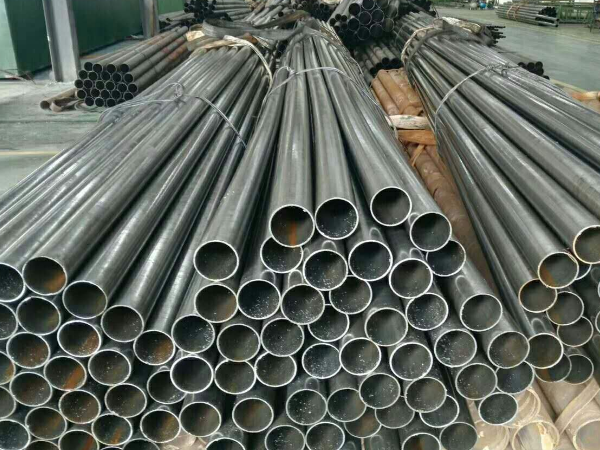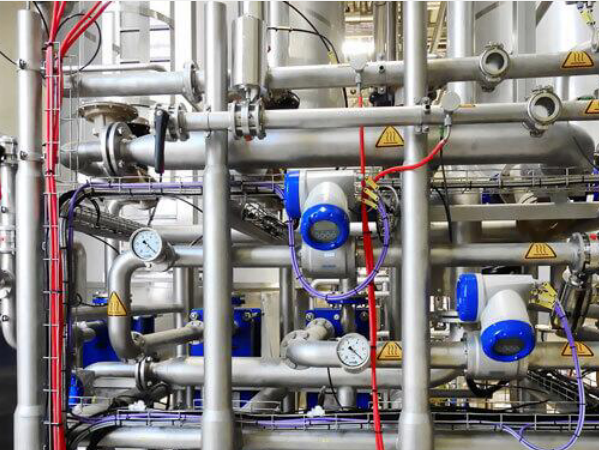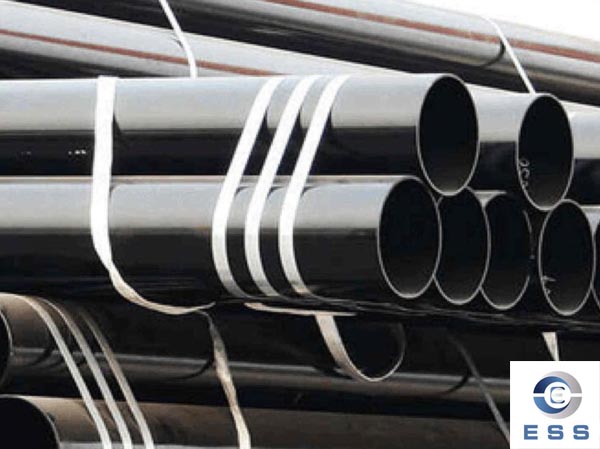According to different production methods,
seamless carbon steel pipes can be divided into hot-rolled pipes, cold-rolled pipes, cold-drawn pipes, and extruded pipes.
1. Hot-rolled seamless pipes are generally produced on automatic tube rolling mills. The solid tube is inspected and cleaned of surface defects, cut to the required length, centered on the perforated end of the tube, and then sent to the heating furnace to be heated and pierced on the piercing machine. When the perforation continues to rotate and advance at the same time, under the action of the roller and the plug, a cavity is gradually formed inside the tube blank, which is called a capillary tube. And then sent to the automatic rolling mill to continue rolling. Finally, the whole wall thickness is uniformed by the whole machine, and the diameter is sizing by the sizing machine to meet the specification requirements. It is a more advanced method to produce hot-rolled seamless steel pipes using continuous pipe rolling mills.
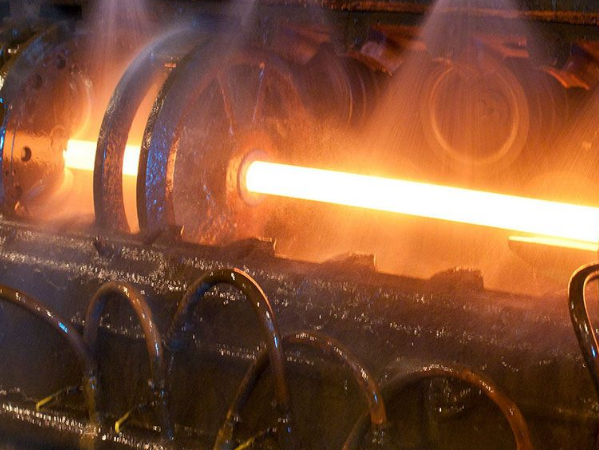
2. If you want to obtain a seamless pipe with smaller size and better quality, cold rolling, cold drawing or a combination of the two methods must be used. Cold rolling is usually carried out on a two-roll mill. The steel pipe is rolled in an annular pass formed by a variable cross-section circular hole groove and a stationary tapered plug. Cold drawing is usually carried out on a single-chain or double-chain cold drawing machine of 0.5-100T.
3. The extrusion method is to put the heated tube blank in a closed extrusion cylinder, and the perforated rod and the extrusion rod move together to make the extruded part extrude from the smaller die hole. This method can produce steel pipes with smaller diameters.









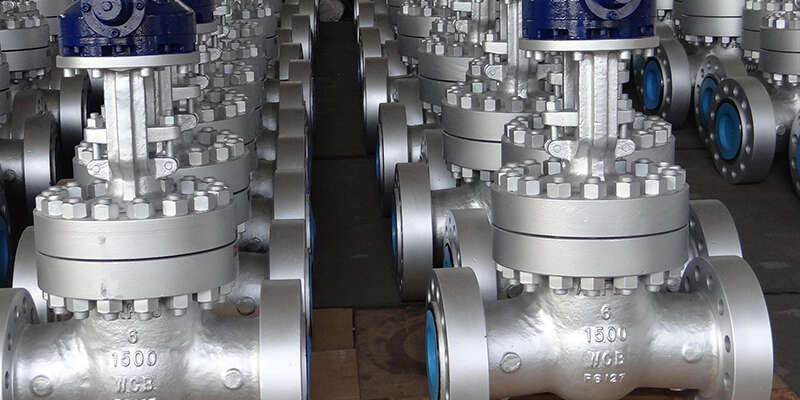
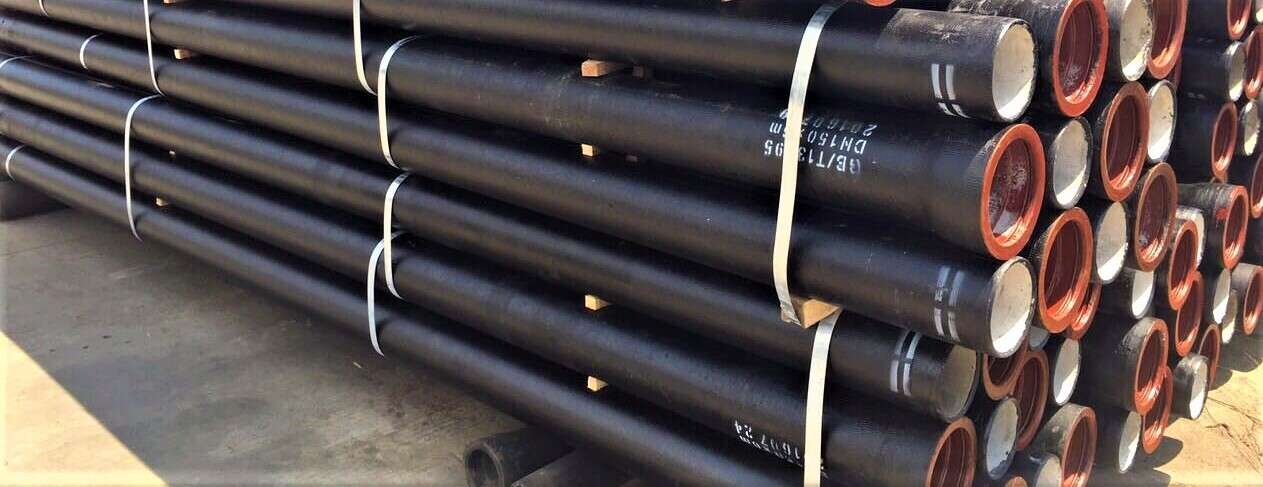


 Eastern Steel Manufacturing Co., Ltd no solo mejora la producción de productos y los servicios de venta, sino que también brinda servicios adicionales de valor agregado. Siempre que lo necesite, podemos completar sus necesidades específicas juntos.
Eastern Steel Manufacturing Co., Ltd no solo mejora la producción de productos y los servicios de venta, sino que también brinda servicios adicionales de valor agregado. Siempre que lo necesite, podemos completar sus necesidades específicas juntos.







